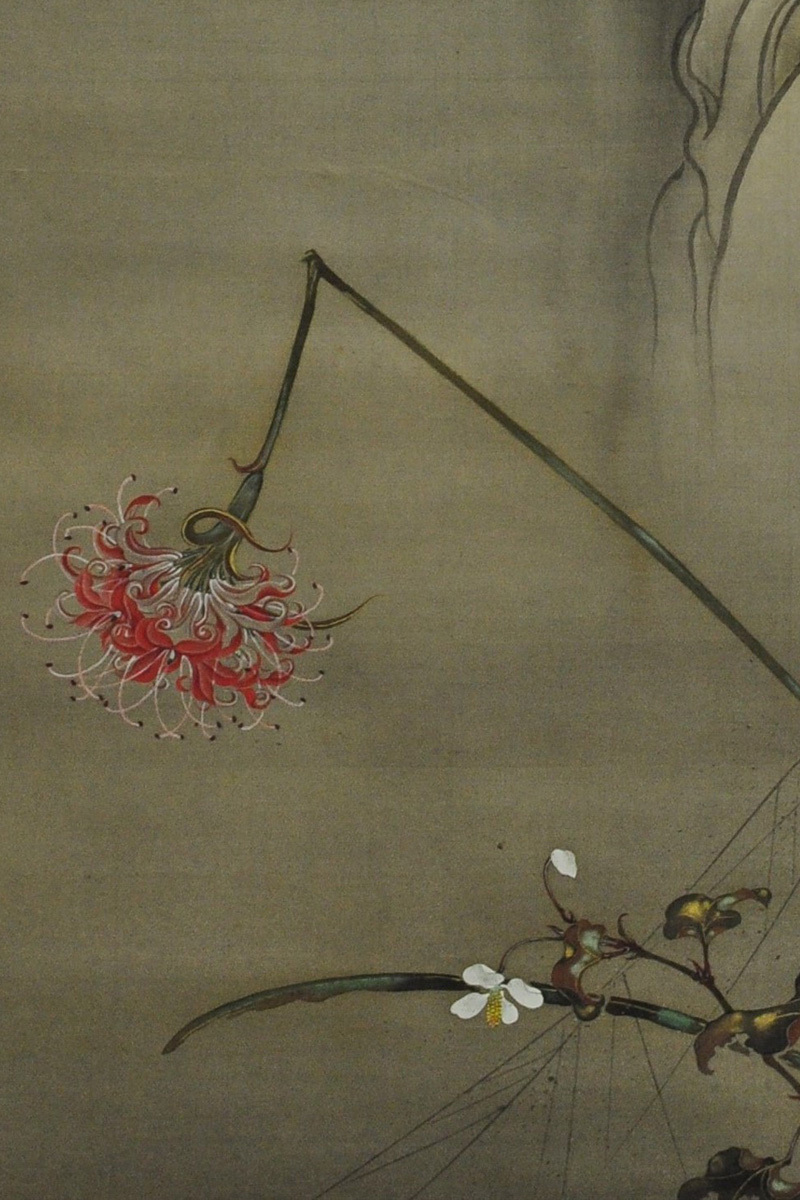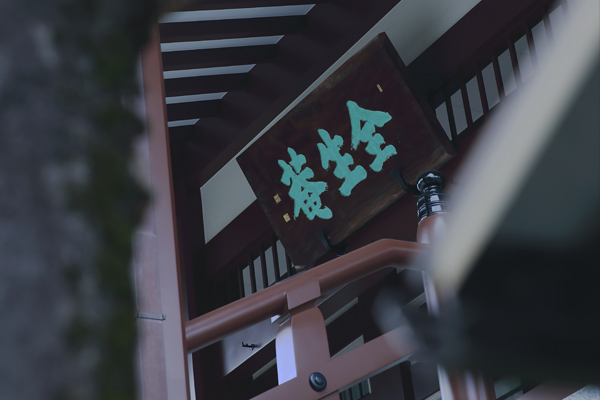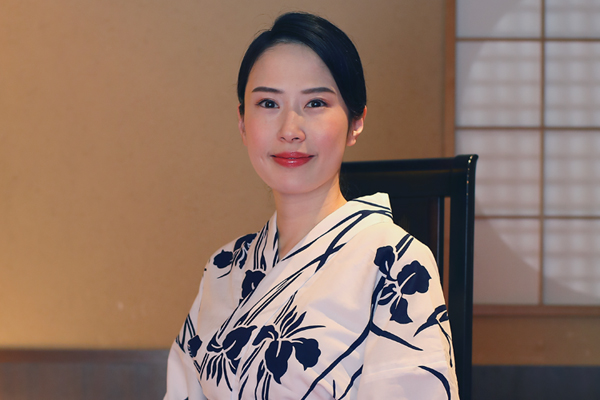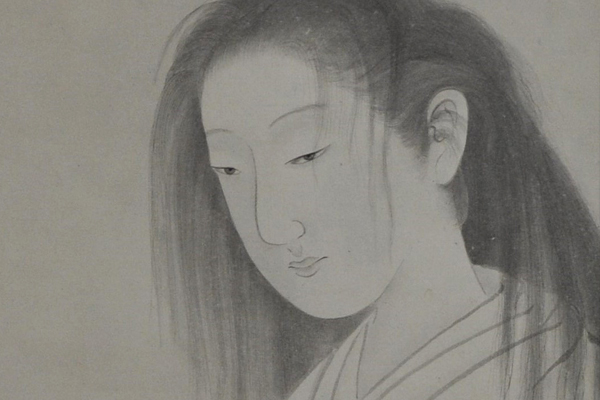逢魔が刻。
Feature | 2025.7.24
夏の夜に幽霊でひんやりしましょう、という話。
都市にはすっかり、暗闇がなくなった。
街灯に照らされて夜でも明るいどころか、
そこかしこに防犯カメラが設置され、24時間、
いつでも誰かに見られている。
これでは幽霊や妖怪が潜む場所がない。
日本には怪談話があり、そのなかで幽霊や妖怪に出会えた。
そこには、いわゆるホラー系にはない、
情念や業、怨念といった
人間の深奥をまさぐるようなドラマがあった。
儚く、美しく、おぞましい物語を久しぶりに見聞きしたい。
そこで今号のyoffでは「逢魔が刻」をテーマに特集。
幽霊画と講談を取り上げて、
円山応挙の絵やお岩さまの話も登場。
この号を読んで、夏の夜に涼を感じてもらえるとうれしいです。
Chill out with some ghosts on a summer night.
True darkness has vanished from the city,
and streetlights and round-the-clock
surveillance cameras leave no room for spirits to lurk.
Japan’s old kaidan (ghost stories) describe encounters
with ghosts or apparitions.
Unlike modern horror,
these tales delve into the depths of human emotion—
passion, karma, and grudges.
As we yearn to revisit these fleeting, beautiful,
and chilling tales,
this issue of yoff features “Ōmagatoki,”
the Twilight Hour of Spirits, through yūrei-ga (ghost paintings) and kōdan (storytelling),
including works by Maruyama Ōkyo
and the Tale of Oiwa.
May this issue bring shivers to your summer nights.
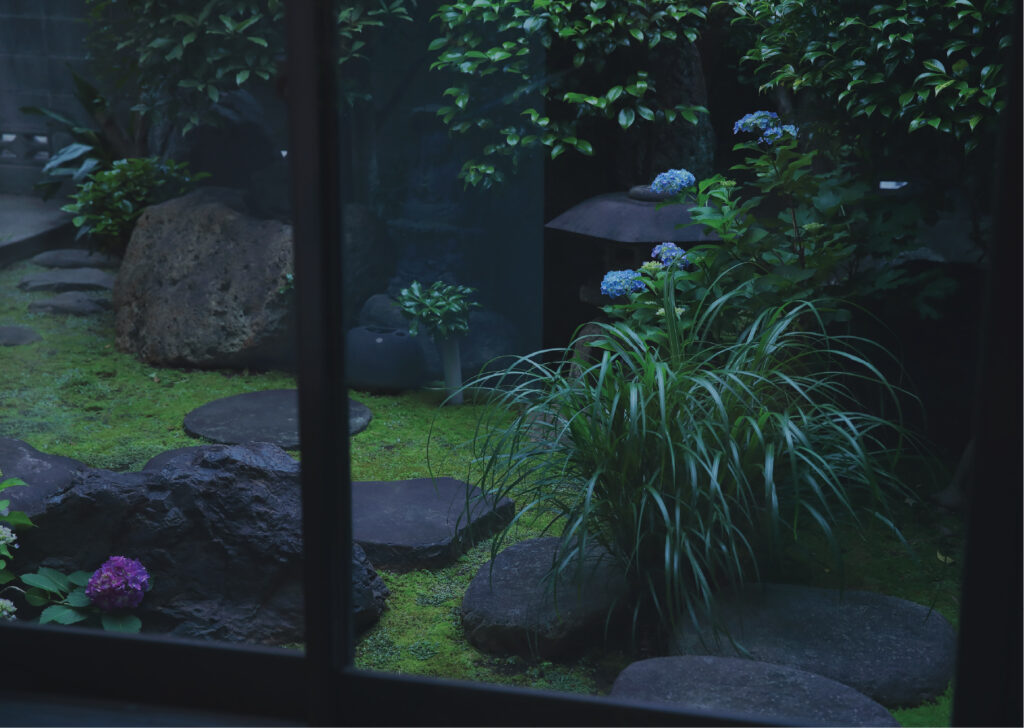
「東海道四谷怪談」、「怪談牡丹燈籠」、「番町皿屋敷」・・・。
古くから親しまれてきた怪談はどれも
怖さとともに情がある、とても日本らしいものだった。
夏の夜、部屋を暗くしての百物語。
百話目の話が終わると、そこに物の怪が現れる。怖い、でも楽しい。
世間にまだ暗がりがあった頃、その闇に幽霊や妖怪を見た。
そして24時間明るい現代では、その想像力がなくなってきた。
いやそれでも、今もクローゼットの中や廊下の片隅に、それは潜んでいる。
“Yotsuya Kaidan,” “Botan Dōrō,” “Banchō Sarayashiki”…
Such ghost stories are terrifying yet full of emotion and deeply Japanese.
On summer nights, people gathered in dimly lit rooms to share a hundred tales.
At the end, a spirit would appear. Scary, yet delightful.
When darkness still existed, people saw ghosts in the shadows.
But in our ever-bright world, our imagination has faded.Yet even now, they lurk in closets and hallways.
逢魔が刻。それは夕暮れの、昼と夜が交わる頃。濃紺の空に朱が滲み、見えるものが曖昧になる。
その頃を黄昏時ともいい、語源が「誰そ彼」にあるといったのが柳田国男。日没の時間帯は行き交う人々の表情が定かでなくなるので、人々はすれ違いざまに「あなたは誰ですか?」と問いあったという。そうしてコミュニケーションをとることで、相手が物の怪ではないと確認したのかも知れない。
昔から逢魔が刻には魔物に遭遇するといわれていた。薄暗い畦道を歩いているときに向こうからやってくる誰か。木々に覆われた山道で耳にする怪異の音。宵闇の奥に揺らぐかがり火。人はそこに異界のものを見てきた。
しかしそれも、せいぜい昭和の初めまでの話。通りには街灯が並び、密集する家々やマンションの窓から明かりがもれる現代では逢魔が刻に出会うのは難しい。
インターネットをのぞくと、闇を求めて廃墟や心霊スポットを巡るユーチューバーが多くいる。なかには身の毛がよだつものもあるが、多くはエンターテインメントされていて、逢魔が刻に潜んでいた情緒ある恐れは感じられない。
儚さやもの悲しさ、怨念や執念、恨みつらみ、もののあわれ。そういった情念のようなものがたっぷりと込められた恐れを求めて、今回の特集では幽霊画で有名な寺と怪談噺を得意とする講談師のもとへ向かった。
ちょうど、お盆にさしかかり、ご先祖さまの霊をお迎えする頃。冥界と現世がつながり、不可思議な怪に遇ってもおかしくない真夏の夜に、身近にある逢魔が刻を見つけて、心静かに想像力を働かせ、魔物を探すのも楽しいかもしれない。
Ōmagatoki— dusk, when day meets night. Crimson bleeds into the dark blue sky, and the world blurs.
This twilight is also called tasogaredoki, a term folklorist Kunio Yanagita traced to “tasokare”–“Who are you?” As faces blurred in the fading light, people asked, “Who goes there?”Perhaps to be sure they weren’t meeting something otherworldly.
For centuries, twilight was believed to be the hour of spirits. A lone figure on a dusky path. A sound in the woods. A flickering torchlight in the dark. People glimpsed the otherworld in such shadows.
Such encounters largely faded after early Shōwa. Now, with streetlights and glowing windows, twilight spirits are rare. And with them, our imagination has dimmed—once, it was not monsters in the dark, but imagination itself that lurked there.
Online, countless YouTubers chase haunted ruins and ghost spots. Some are chilling, but most are entertainment—missing the quiet dread twilight once held.
Ephemeral beauty, melancholy, vengeance, obsession, sorrow, and the pathos of things. To rediscover them, I visited a temple of ghost paintings and a master of ghost tales.
It was nearly Obon—the time to welcome ancestral spirits. Such midsummer nights, when the worlds of the living and the dead draw close, invite use to find our own twilight hour—pausing, imagining, and gently seeking the spirits that may still linger.

閲覧中の特集はこちら
